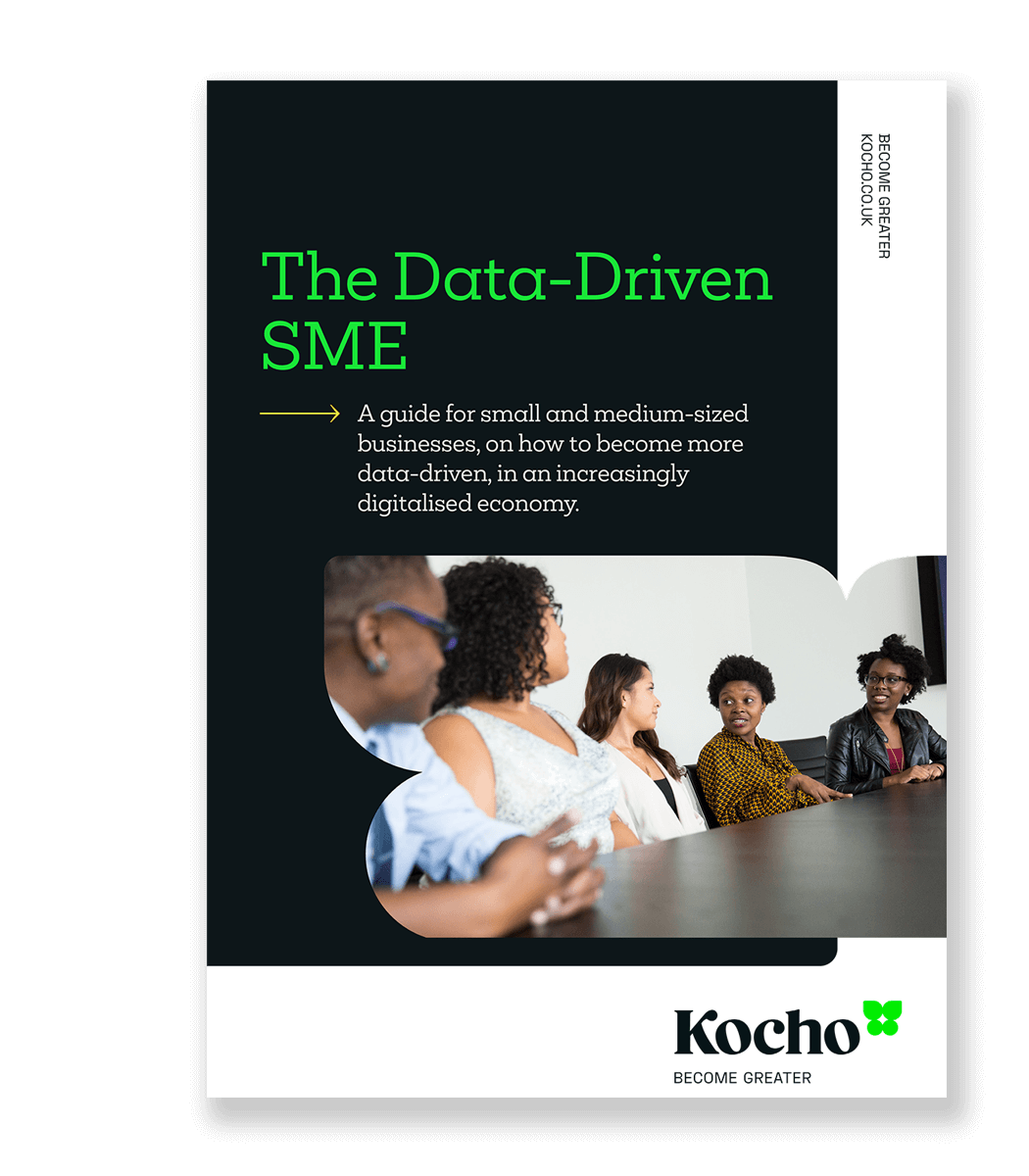
Blog | 4-minute Read
Building a data and analytics roadmap which delivers business value

Mitesh Desai
Director of Technology & Innovation
Published: 24 February 2021
If you’ve decided it’s time to unify your existing data and analytics operations, or if you’re starting the journey from scratch, there is one element that should not be overlooked: the roadmap. In this article we’ll take a look at the elements needed for building a data & analytics roadmap.
It’s not uncommon for data and analytics to get a first foothold through individual teams or siloed projects.
However, having multiple ad hoc approaches across an organisation can quickly become a headache and certainly doesn’t yield the benefits of a cohesive approach.
So, what exactly is a data and analytics roadmap and why do you need one?
A data and analytics roadmap is the functional blueprint which gets you from wherever you are, to the end goal. It translates the ambitions of your business strategy into a long-term action plan; driven by timelines, deadlines, milestones, and key metrics.
On a practical level, the benefits of having such a plan are fairly obvious; executing a data and analytics strategy is complex, and a clear view of the ‘what, when, and how’ keeps things coordinated. Without it, miscommunication, wasted resources and unmet goals are all too likely.
Your data and analytics roadmap not only keeps everyone on the same page regarding the practical steps; it also helps to promote a shared vision of the strategy among sponsors, team members and customers. A roadmap reduces uncertainty and helps to manage change by articulating exactly what is being done, when changes will occur, and the value that will ultimately be delivered to the business as a result.
So, let’s take a look at some key elements when building a D&A roadmap.


Free Guide
The data-driven SME
An actionable guide on becoming a more data-driven business.
Download your free guide and discover:
- Data’s critical role in decision-making
- What it means to be truly data-driven
- How to assess your current data maturity
- How to accelerate your data capability
If you’ve decided it’s time to unify your existing data and analytics operations, or if you’re starting the journey from scratch, there is one element that should not be overlooked: the roadmap. In this article we’ll take a look at the elements needed for building a data & analytics roadmap.
The essential stages of building a Data and Analytics Roadmap
1. Alignment to business strategy – identify and select your key performance areas
The first and most fundamental step when beginning this process is to outline the key performance areas (KPAs) that your roadmap will use. The areas that you identify should be contextually specific to your organisation and must always be tightly aligned to the business strategy.
Keep in mind that KPAs should be business objectives and not data and analytics goals (e.g., developing a data warehouse). Look to high-level categories, such as ‘customer base’ or ‘product development’ and let these provide the basis for key performance questions – such as, what opportunities are there for improving customer margin? What improvements are needed in order to reduce development costs?
Clarifying your business strategy allows for the final question – how can data and analytics help to achieve these goals? Your roadmap lays out these data and analytics objectives and plots a course reach them.
2. Ownership
Ownership of the data and analytics strategy and the subsequent plan needs to be understood. It needs to be owned by specific individuals, who are on the hook to deliver it. And they must have the support and sponsorship to make it happen, to ensure that key milestones are successfully hit. A data and analytics roadmap is a living plan, and it is essential that someone is responsible for monitoring progress, reviewing and reordering priorities as necessary, and communicating this to the wider team.
3. Select the right technology
Next, it’s vital to ensure that you have the right tools to meet the short, medium and long-term stages of your roadmap. Depending on your objectives these will likely relate to:
- Data Management
- Data Visualisation
- Data Science
When it comes to technology there is often no need to invest heavily at the very start of the journey. It’s perfectly valid to start with small investments and prove the business value before opting to expand.
4. Culture and Skills
Platforms or technologies, especially ones that require new competencies, cannot be effectively deployed overnight. Your team’s data culture, skill sets, and levels of data literacy should all be considered in the earliest stages. A data and analytics roadmap should not only consider which tools are right for the size and shape of your organisation, but should also logically sequence any training or hiring.
5. Set up Processes to ensure Standards and Governance
A data and analytics strategy may introduce a number of new working methods and technologies into your organisation. It’s best to implement processes for standards and governance early on in your roadmap; this promotes best practices and data security across teams.
While building a roadmap can seem complicated at first glance, taking the time to consider each of these five essential stages will help to build a robust plan. Once the project begins, a well-planned roadmap will help keep things on track, provide clear metrics and milestones, and ultimately save you time and resources.
This article is in partnership with TrueCue as part of our Data-Driven SME series.


Free Guide
The data-driven SME
An actionable guide on becoming a more data-driven business.
Download your free guide and discover:
- Data’s critical role in decision-making
- What it means to be truly data-driven
- How to assess your current data maturity
- How to accelerate your data capability

Great emails start here
Sign up for free resources and exclusive invites
Subscribe to the Kocho mailing list if you want:
- Demos of the latest Microsoft tech
- Invites to exclusive events and webinars
- Resources that make your job easier
























Got a question? Need more information?
Our expert team is here to help.






